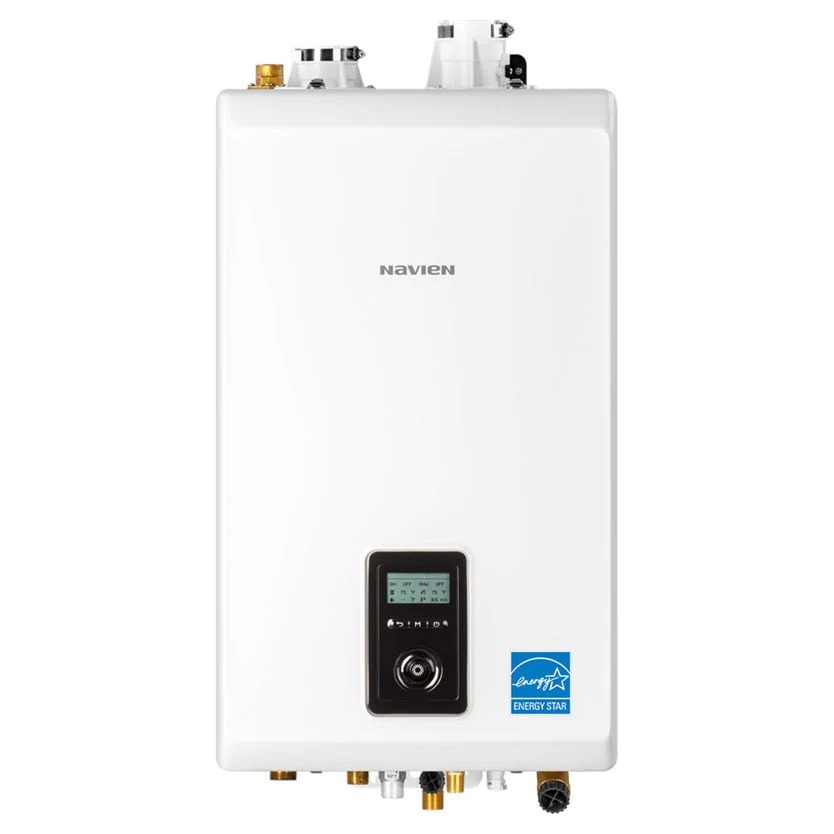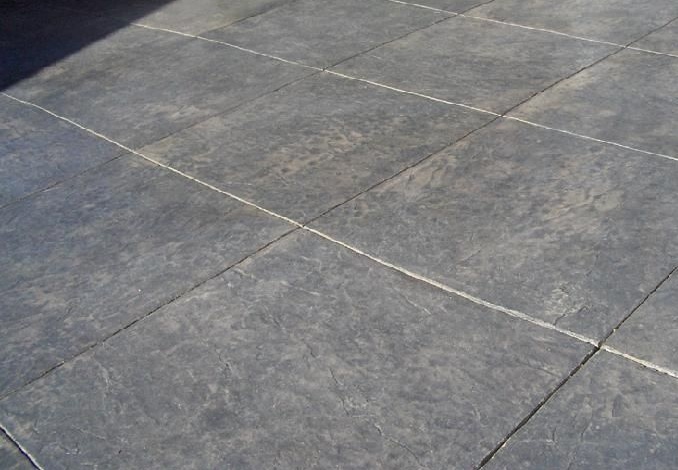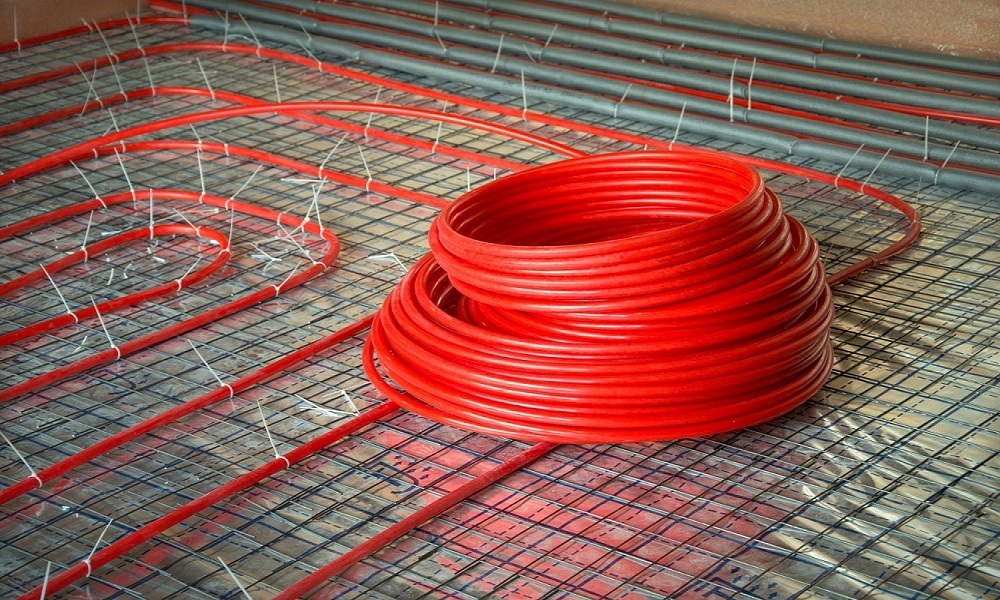Radiant floor heating comes in various forms, and they may all do an excellent job of warming a room. However, an on-demand radiant floor system takes those efficiencies to the next level.
The heating system is built around a central unit that heats the water only when it is needed. Instead of relying on a boiler or hot water tank to store a supply of heated water, this system allows for instantaneous heating of water by routing it through a central unit.
The system can be powered by propane or natural gas, and the heating jets only activate when hot water is required. This is where the real savings happen. There is no need to constantly heat a tank of water that is sitting idle.
How Does It Work?
To turn on the floor heat, just turn the thermostat up, and the floor will start to slowly warm up. This is done by circulating hot water through the tubes, which then radiates heat upward into the room.
Because heat naturally rises, it is to the system’s advantage to have it begin at the lowest possible place. Once the floor has been heated, the water will circulate through it, heating only if the temperature drops below the range set.
Radiant floor heat is consistent, unlike that provided by a conventional furnace. You can always count on the temperature to rise. If you open a door or a window, some hot air will escape, but you’ll shortly be greeted by the upward radiation of more hot air.
When it gets cold, you can switch on your system, and it will stay on all the way through the middle of April, when the weather starts to warm up. It simply heats up when it’s needed to, so there’s no need to fret about wasting fuel. The best part? You won’t have to worry about keeping track of dirty furnace filters or cleaning up after a dust storm whenever the furnace decides to turn on.

How to Install
A looped pattern of plastic tubing (pex tubing) is put over foam insulating sheets and attached with big staples before a slab is poured. Once that is done, the concrete can be added. The tubes act as the system’s ducts, essentially.
As soon as the walls are up, the tubes are run to an instantaneous gas water heater located on the wall. The system will not only provide heat for your home, but also heat your water for use in the kitchen and bathroom. A separate baffle within the unit houses the pipes that supply hot water to the showers, sinks, and other fixtures that require it.
Again, a boiler or hot water floor system can be used to efficiently heat the tubes and the floor. But with an on-demand system, you won’t need a tank at all! Both for the floor and for the house’s hot water demands.
For your initial tankless water system, you can go with a Navien unit. The heating unit’s footprint is only 28 inches by 20 inches, making it far more manageable than a conventional hot water tank or furnace. And when it’s running, it doesn’t make much of a sound.
In terms of price, you will be able to purchase the tubing and on-demand system and save more money than if you would purchase a single low-cost furnace unit. And then there’s the cost of heating, cooling, and providing hot water.

Final Features
You could definitely tile or carpet a floor made of concrete. But, to save even more money on construction, you can convert the concrete slab for your house into your final floor in a few simple steps.
Begin by having saw cuts made into the concrete floor to create “tiles” that are 3 feet by 3 feet in size. Not only does this make you worry less about cracks in the floor, but it also makes the floor look like a work of art because of the tile pattern it creates. Next, acid stain the concrete to make it look like marbled tile.
This flooring option not only saves a ton of money, but it also looks amazing and is quite durable.


